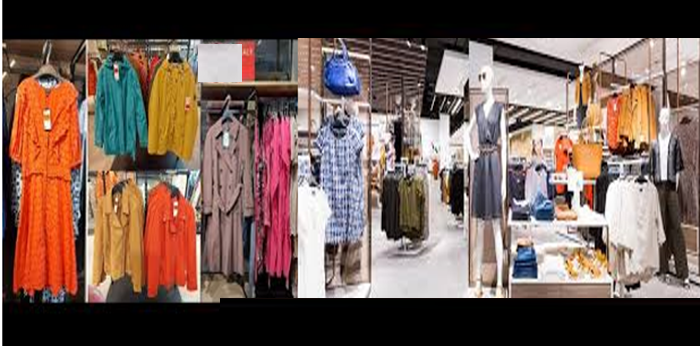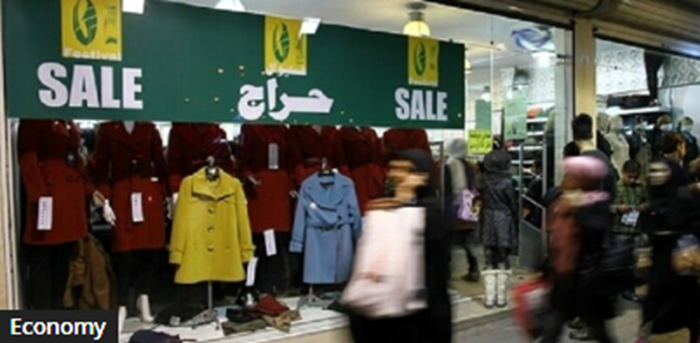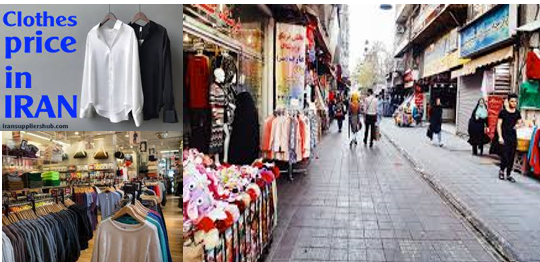

This change is most evident in the sectors of food, housing, and clothing, with the latter experiencing an astronomical rise. In the early 1990s, an average Iranian would spend approximately 11,000 tomans annually on clothing. Fast-forward to the present, and this expenditure has skyrocketed to 1.41 million tomans—a staggering 127-fold increase.
Although these figures are based on official reports, they are likely conservative, potentially understating the true extent of inflation in the clothing sector. A closer examination of the official data reveals a consistent upward trend. In 1993, an urban Iranian household spent about 600,000 tomans annually, with clothing accounting for 55,270 tomans. This translates to an average individual clothing expense of 11,540 tomans per year.
Given an average household size of 3.5 individuals, this equates to about 1.41 million tomans per person annually for clothing alone. However, these official figures are likely conservative estimates and may not fully reflect the actual costs of decent clothing.
The disparity between official statistics and practical reality is more pronounced in the market. For instance, the price range for basic items like shoes varies dramatically, from 200,000 to 7-8 million tomans. However, most consumers tend to purchase shoes priced between 700,000 and 800,000 tomans, indicating a general trend of escalating prices in goods and services over the last four decades.

This inflationary pressure has significantly affected Iranian society, pushing many middle-class families below the poverty line. As a coping mechanism, there has been a noticeable increase in the popularity of second-hand clothing, a direct result of the reduced purchasing power of consumers.
Hossein Eftekhari, a member of the Union of Textile Industry Producers and Exporters, highlights the financial strain on consumers, advocating for installment plans for clothing purchases. Despite resistance from official institutions, there is a growing market for installment clothes, particularly among small buyers and sellers.
The Tehran Chamber of Commerce recently reported a shift in Iranian family consumption patterns. Between 2017 and 2022, families in Tehran province have increasingly prioritized spending on essential goods, food, and housing, at the expense of other well-being aspects, including clothing.

The dramatic evolution of clothing expenses in Iran over the past three decades mirrors broader economic shifts. Rising prices, soaring inflation, and changing socio-economic dynamics have led to a transformation in consumer behavior, with a growing dependence on second-hand and installment clothing options. This trend is a clear indicator of the ongoing economic challenges facing the Iranian populace.

MEK Iran (follow us on Twitter and Facebook), Maryam Rajavi’s on her site, Twitter & Facebook, NCRI (Twitter & Facebook), and People’s Mojahedin Organization of Iran – MEK IRAN – YouTu







